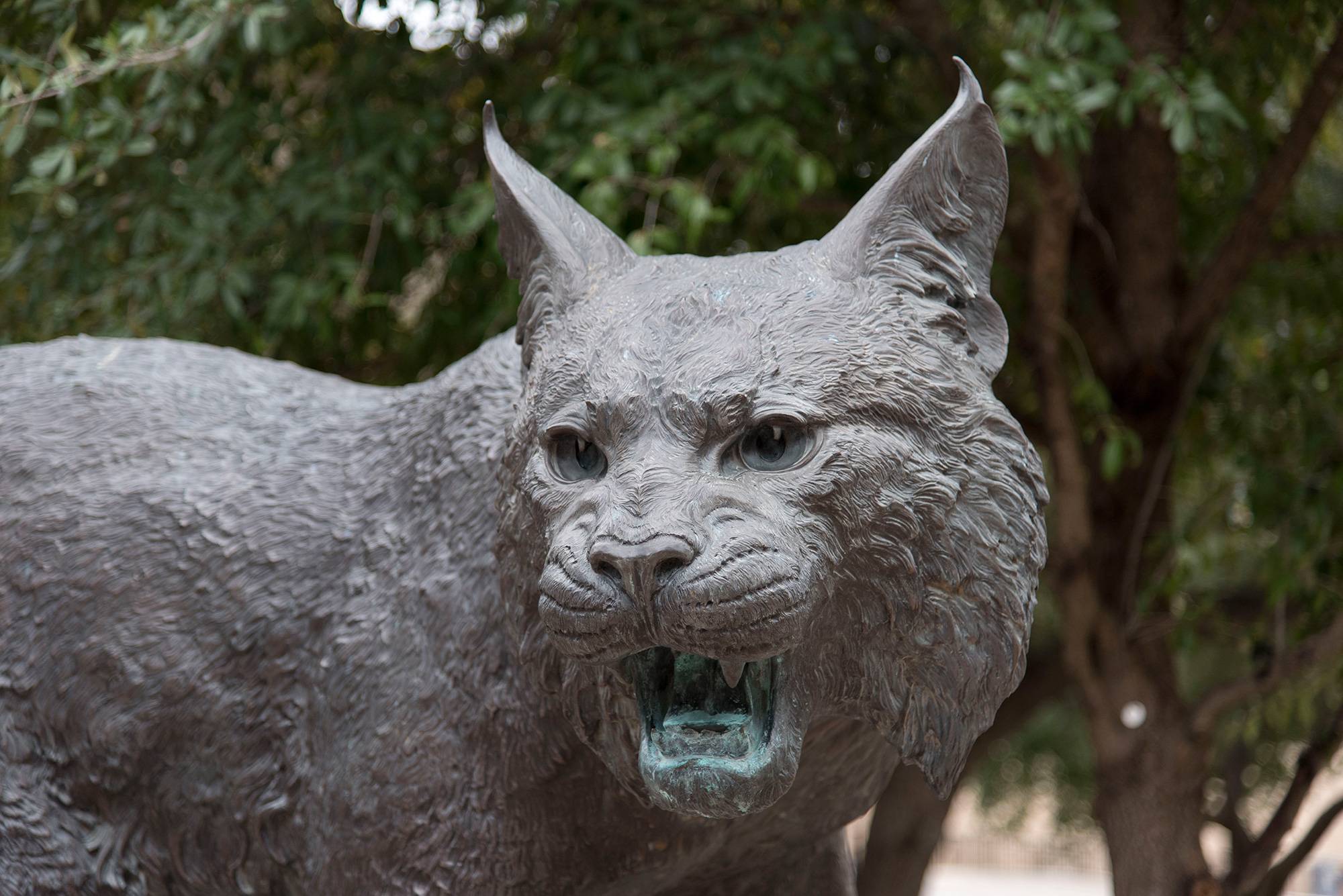Professional Master's Program Overview
The Master of Science (M.S.) degree with a Major in Athletic Training is designed as an professional master's curriculum for students seeking to become board-certified. To enter the professional master's, students are expected to have completed a bachelor's degree. The program begins in June each year.
Professional athletic training education uses a competency-based approach in both the classroom and clinical settings. Using a medical-based education model, athletic training students are educated to provide comprehensive patient care in five domains of clinical practice: prevention; clinical evaluation and diagnosis; immediate and emergency care; treatment and rehabilitation; and organization and professional health and well-being. The educational requirements for CAATE-accredited athletic training education programs include acquisition of knowledge, skills and clinical abilities along with a broad scope of foundational behaviors of professional practice. Students complete an extensive clinical learning requirement that is embodied in the clinical integration proficiencies (professional, practice oriented outcomes) as identified in the Athletic Training Education standards.
Athletic trainers treat a range of patients and can work in a variety of settings. Regardless of their practice setting, athletic trainers practice according to their education, scope of practice and state practice act. Athletic Trainers work in:
- Public and private secondary schools, colleges and universities, professional and Olympic sports
- Youth leagues, municipal and independently owned youth sports facilities
- Physician practice, similar to nurses, physician assistants, physical therapists and other professional clinical personnel
- Rural and urban hospitals, hospital emergency rooms, urgent and ambulatory care centers
- Clinics with specialties in sports medicine, cardiac rehab, medical fitness, wellness and physical therapy
- Occupational health departments in commercial settings, which include manufacturing, distribution and offices to assist with ergonomics
- Police and fire departments and academies, municipal departments, branches of the military
- Performing arts including professional and collegiate level dance and music
| MSAT Year 1: | MSAT Year 2: |
Summer (10 SCH): AT 5400 Gross applied anatomy (4)-10 weeks AT 5320 General Medical conditions/Acute Care (3)-1st summer session (10 weeks) AT 5230 Clinical Exp I (2)-2nd summer session (5 weeks) AT 5120 Principles of AT (1)-5 weeks | Summer (6 SCH): AT 5333 Internship (3) AT 5340 Research Methods & EBP (3) |
Fall (classes MWF) (11 SCH): AT 5301 MSK assessment Upper extremities (3) AT 5300 MSK assessment Lower extremities (3) AT 5313 Interventions I (3) AT 5231 Clinical Exp II (2) | Fall (Classes T/Th) (10 SCH): AT 5342 Administration & Leadership in Athletic Training (3) AT 5334 Clinical experience IV (3) AT 5191 Capstone 1 (1) AT 5341 Pathopharmacology (3) |
Spring (Classes MWF) (11 SCH): AT 5305 MSK assessment of head/face/neck & spine & neurological (3) AT 5314 Interventions II (3) AT 5232 Clinical Exp III (2) AT 5343 Interdisciplinary Approach (3) | Spring (Classes T/Th) (7 SCH): AT 5192 Capstone 2 (1) AT 5344 Advanced Clinical Decision Making (3) AT 5335 Clinical Experience V (3) |
